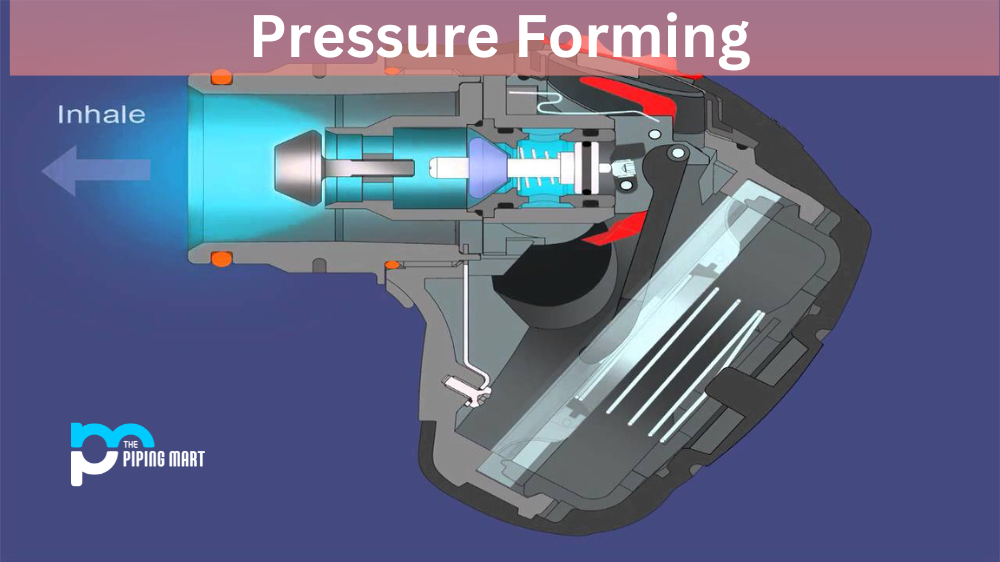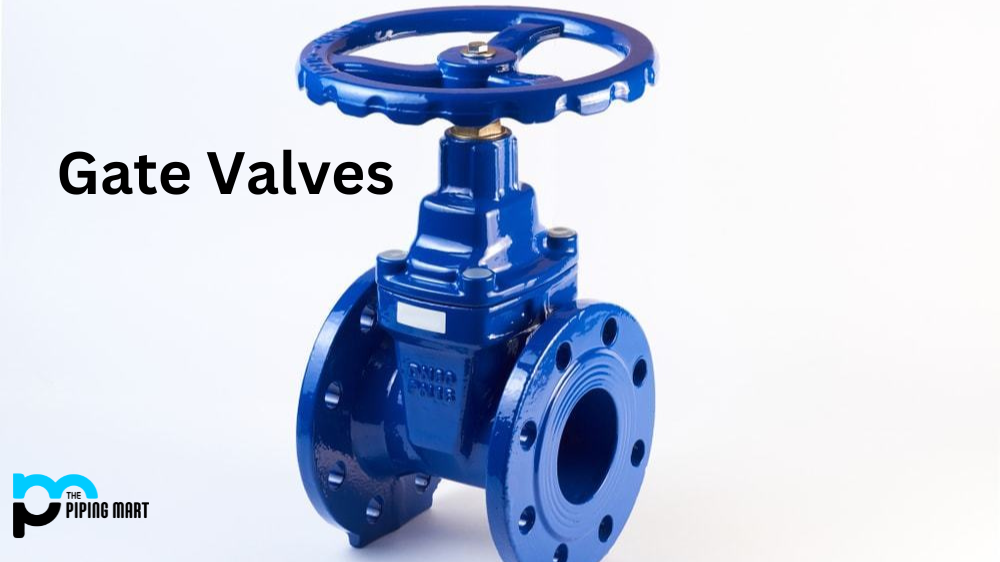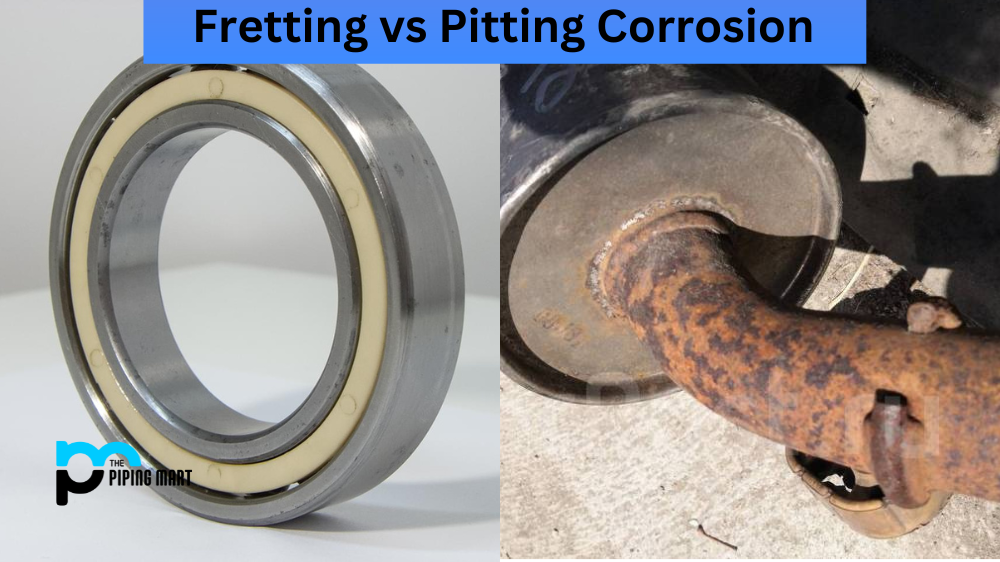Pressure forming is a plastic thermoforming process that creates custom parts for industrial and commercial applications. It offers many advantages over other manufacturing processes, such as cost-effectiveness, precision, and versatility. In this blog post, we will explore the uses of pressure forming, the steps of the pressure forming process, and why it is an excellent choice for certain types of products.
What is Pressure Forming?
Pressure forming is a type of plastic thermoforming process in which heated sheet plastic is clamped between two heated moulds, and pressurized air or gas is used to create the plastic into the desired shape. The heating element makes the plastic pliable enough to be pressed into any form needed. This type of thermoforming technique offers greater accuracy than traditional vacuum forming methods and superior detail reproduction with fewer surface imperfections. Additionally,costs are often lower than conventional manufacturing processes because no cutting or trimming tools are necessary during production.
Pressure Forming Uses
Pressure forming has a wide range of industrial and commercial applications due to its versatility and cost-effectiveness. It can be used to make everything from small components for medical devices to large covers for furniture or appliances. Additionally, it can be used for prototyping purposes due to its low cost and ability to quickly produce multiple iterations of product designs without requiring expensive tooling investments.
Pressure Forming Process
The pressure-forming process typically involves several steps depending on the product’s complexity. First, a CAD drawing or model must be created for a mould design to be made. Then, a prototype mould can be created out of wood or aluminium to test out design features before investing in more expensive permanent moulds made out of steel or other metals. Next, thermoplastic sheets are heated until they become pliable enough to easily conform to the desired shape when placed between two moulds and preheated with hot air or gas at high pressures. Finally, once cooled off, they are removed from between the moulds and trimmed if necessary before being shipped off for assembly into their final products.
Conclusion:
Pressure forming is an excellent option for industrial manufacturers who need accurate reproductions with minimal surface imperfections at an affordable cost-per-unit price point without investing heavily in tooling components. Its versatility makes it an ideal solution for producing parts from small medical devices up through large covers for furniture and appliances while maintaining a high level of precision throughout each step in the process. For these reasons, pressure forming has grown rapidly in popularity over recent years as manufacturers seek better solutions that save time and money on their projects.

A passionate metal industry expert and blogger. With over 5 years of experience in the field, Palak brings a wealth of knowledge and insight to her writing. Whether discussing the latest trends in the metal industry or sharing tips, she is dedicated to helping others succeed in the metal industry.




